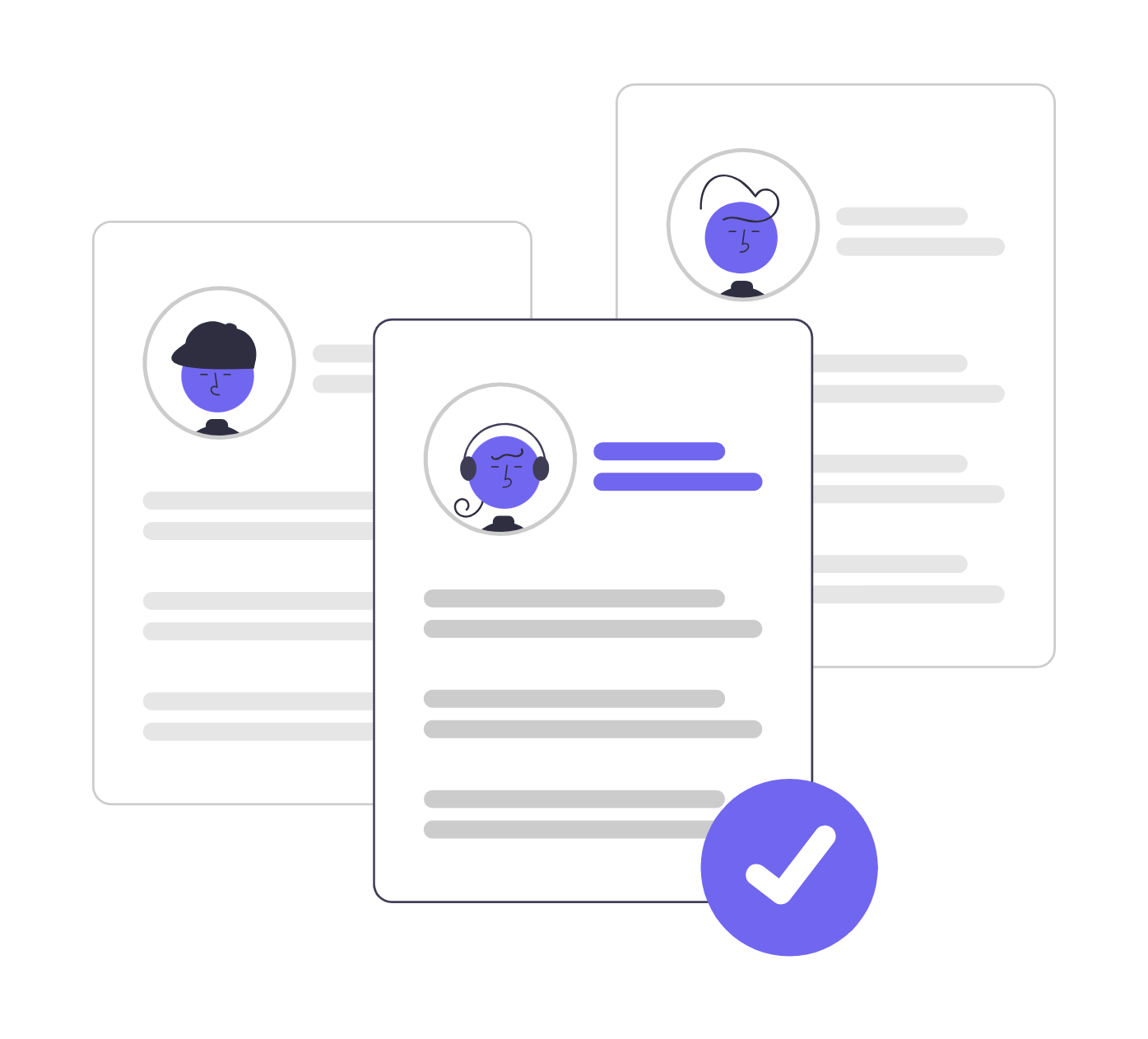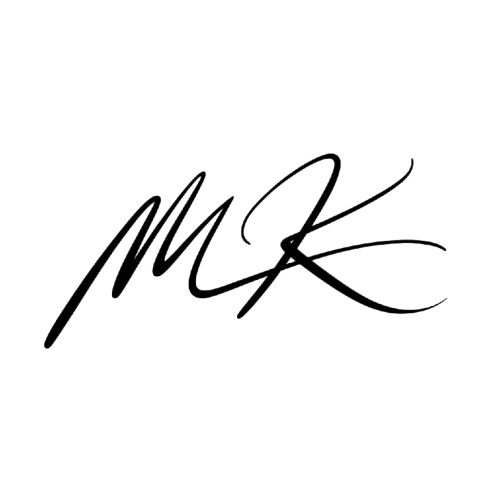Share
“You’re great… but not the right fit.”
If you’ve been in hiring long enough—or been on the receiving end of the process—you’ve likely heard or said this line before. “Culture fit” has become the hiring world’s most common fallback. It’s polite. Vague. Convenient.
But here’s the problem: it’s also deeply flawed.
Over the years, culture fit has morphed from a helpful guidepost into a hiring crutch—one that’s often used to justify gut decisions, exclude qualified talent, and reinforce bias.
In this article, we’ll break down why hiring for culture fit alone is not just outdated—it’s actively costing you great candidates. We’ll also explore smarter alternatives like “culture add,” mission alignment, and skills-first hiring that actually drive performance and inclusion.
What “Culture Fit” Was Supposed to Mean
The idea behind culture fit originally made sense: hire people whose values align with your company’s mission, who get along with the team, and who can thrive in your environment. A strong culture needs people who believe in what you’re building.
But somewhere along the way, the meaning got distorted.
Today, culture fit often means something else entirely:
- “Would I enjoy grabbing a beer with them?”
- “Do they have the same vibe as the rest of the team?”
- “Do they seem like someone we’d hang out with?”
When “fit” becomes about social comfort instead of shared purpose or contribution, you stop hiring for performance and start hiring for familiarity.
5 Ways Hiring for Culture Fit Backfires
1. It Encourages Homogeneity
Culture fit hiring tends to favor people who already resemble the current team. Whether it’s background, personality, education, or communication style, this approach often leads to a workplace where everyone looks and thinks the same.
That might feel comfortable—but it’s a fast track to groupthink. Diverse teams outperform uniform ones, but you won’t build one if everyone has to “fit in” to get hired.
2. It Filters Out High Performers Who Think Differently
Talented candidates who are introverted, neurodivergent, or from non-traditional backgrounds often get passed over—not because they can’t do the job, but because they didn’t “click” in a casual conversation or team coffee chat.
The irony? These are often the candidates who bring new thinking and challenge stale ways of working—exactly what a strong team needs.
Easily administer one-click skill tests with Workscreen-This way you can assess candidates based on real-world ability—not just credentials like résumés and past experience. This helps you hire more confidently and holistically.

3. It Enables Unconscious Bias
When hiring managers make decisions based on gut instinct or “feel,” affinity bias creeps in. This leads to favoring people who share your accent, school, hobbies, or social cues.
Over time, the same biases get repeated. And because culture fit is so subjective, there’s little accountability. It becomes a socially acceptable way to say no without clear reasoning.
4. It Overlooks Real Ability
Hiring for “fit” rarely tests whether a candidate can actually do the job. It focuses on personality, polish, and perceived compatibility. As a result, you risk rejecting highly capable people simply because they don’t match the team’s mood or energy.
Worse, it opens the door to hiring charismatic candidates who say all the right things—but underdeliver when it counts.
5. It Leads to Disappointment (and Turnover)
Culture fit hiring assumes the company culture is clear, consistent, and healthy. But if your internal reality doesn’t match your external messaging, new hires quickly become disillusioned.
Many people join a company thinking they’ve found “their tribe,” only to leave months later when the culture they expected doesn’t align with how things actually work.
Why “Culture Add” Is the Better Approach
Rather than asking, “Do they fit in?” smart companies are now asking, “What will they add?”
Culture add flips the script. It looks for people who:
- Expand the team’s thinking
- Introduce new ways of solving problems
- Strengthen weak spots in values or capability
- Challenge the status quo with purpose
This approach doesn’t mean hiring disruptors for the sake of it—it means valuing complementary strengths over personality clones.
The result? Teams that are not just cohesive, but also dynamic, innovative, and resilient.
The Real Reason We Default to “Fit”
So why do so many companies cling to culture fit?
Because it’s easy.
When two candidates seem equally qualified on paper, the one who “feels like us” usually gets the edge. In the absence of clear performance-based hiring criteria, gut feel becomes the tie-breaker.
That’s not just unfair—it’s inefficient. Most bad hires don’t happen because someone lacked the vibe. They happen because no one validated whether they could deliver.
A Smarter Alternative: Skills First, Values Second, Additive Culture Third
The most effective hiring models today prioritize three things—in this order:
1. Performance-first
Can this person do the job? The best way to answer that isn’t through résumés or interviews—it’s through short, job-relevant skill tasks that simulate the work.
Workscreen Eliminates low-effort applicants—including those who use AI Tools to apply, copy-paste answers, or rely on "one-click apply." This way, you focus only on genuine, committed, and high-quality candidates—helping you avoid costly hiring mistakes.

2. Values alignment
Does this person care about the same things your organization does? Do they work in a way that reflects your core principles—integrity, ownership, collaboration, transparency?
This can be assessed with structured interview questions tied to real behaviors—not by whether someone shares your love of hiking or coffee shops.
3. Culture add
What new strengths, perspectives, or lived experiences do they bring? Will they stretch the team in a healthy way? Will they contribute something that’s currently missing?
Together, these three layers create a hiring process that’s fair, inclusive, and built to find people who can contribute and grow—not just blend in.
How to Spot and Avoid Culture Fit Traps
Watch out for these red flags in your current process:
- Vague rejections like “just not the right fit”
- Informal ‘meet the team’ chats with no structure or scoring
- Over-reliance on personality types (MBTI, DiSC) as gatekeepers
- Unstructured interviews that prioritize “vibe” over value
Fix it with:
- Pre-defined scoring rubrics tied to job outcomes
- Standardized interview questions aligned to mission and values
- Role-relevant tasks for short-listed candidates
- A clear definition of what “culture add” means in your context
The Cost of Staying Stuck
Still relying on culture fit?
You’re not just missing out on talent. You’re risking:
- Stalled innovation from too much sameness
- Higher turnover from mismatched expectations
- Weaker decision-making due to groupthink
- Reputation damage in communities you unintentionally exclude
Culture fit doesn’t keep your culture strong—it keeps it stagnant.
Final Thoughts: Culture Is Built, Not Matched
If you want to build a truly great team, don’t hire for comfort. Hire for capability, alignment, and contribution.
The strongest teams aren’t made of perfect matches. They’re built by people who believe in your mission, share your values, and bring something new to the table.
Hiring for culture fit alone? That’s yesterday’s game.
And if you’re still playing it, you’re already losing the talent war.
Quickly identify your most promising candidates. WorkScreen automatically evaluates, scores, and ranks applicants on a performance-based leaderboard—making it easy to spot top talent, save time, and make smarter, data-driven hiring decisions.

FAQ
Culture fit is often subjective and poorly defined, making it easy to favor candidates who “feel familiar” while unintentionally excluding diverse voices or perspectives.
Yes. When left unchecked, culture fit can reinforce similarity bias—hiring people who look, think, or act like existing team members—leading to homogeneity and reduced innovation.
Absolutely. The key is to define culture in terms of values and behaviors that drive business outcomes—not personality traits or social compatibility.
Smaller teams are especially vulnerable to groupthink when hiring for cultural sameness. Over time, this limits creativity, stifles feedback, and reduces adaptability—factors that are crucial in fast-changing environments.
Use structured interviews, skill-based assessments, and predefined value-alignment questions. Focus on how candidates work, solve problems, and contribute—not how well they “vibe.”
It may feel right in the moment, but gut-based hiring often leads to poor performance, weak diversity, and hiring people who are likable—but not necessarily effective.
Only if “culture fit” is clearly defined and linked to specific, job-relevant behaviors—not vague impressions or team preferences. Otherwise, it becomes a cover for bias.

